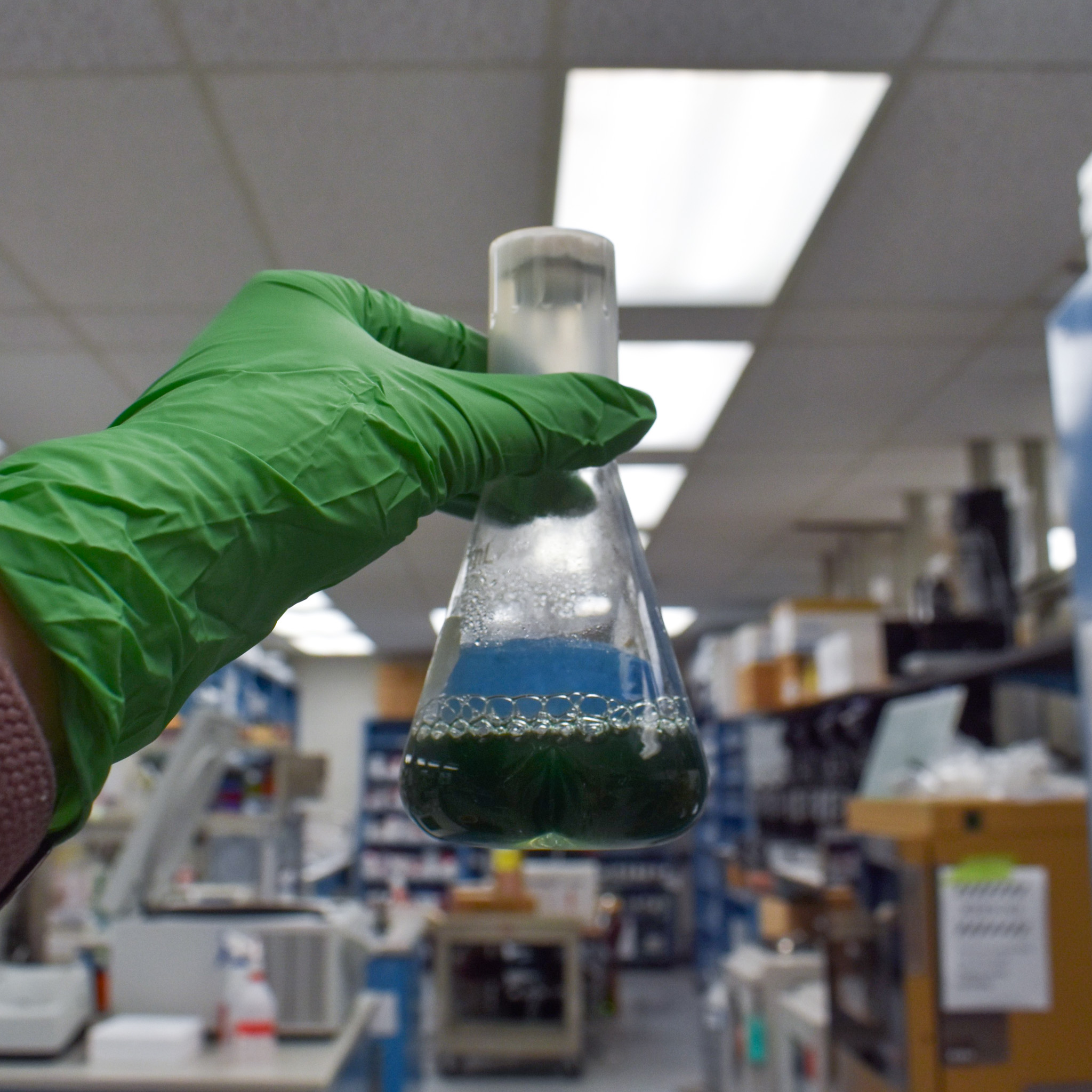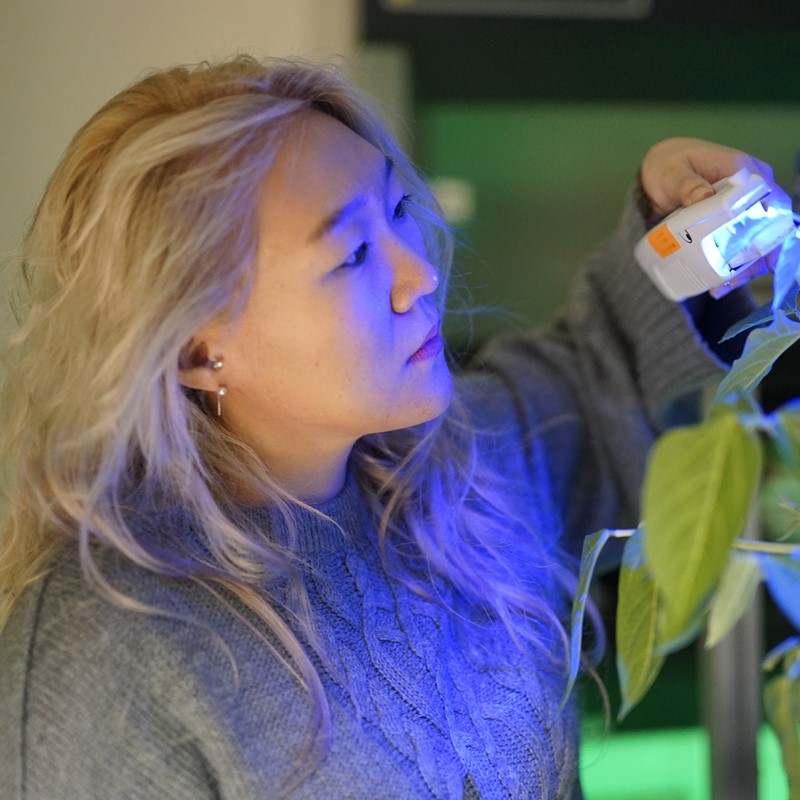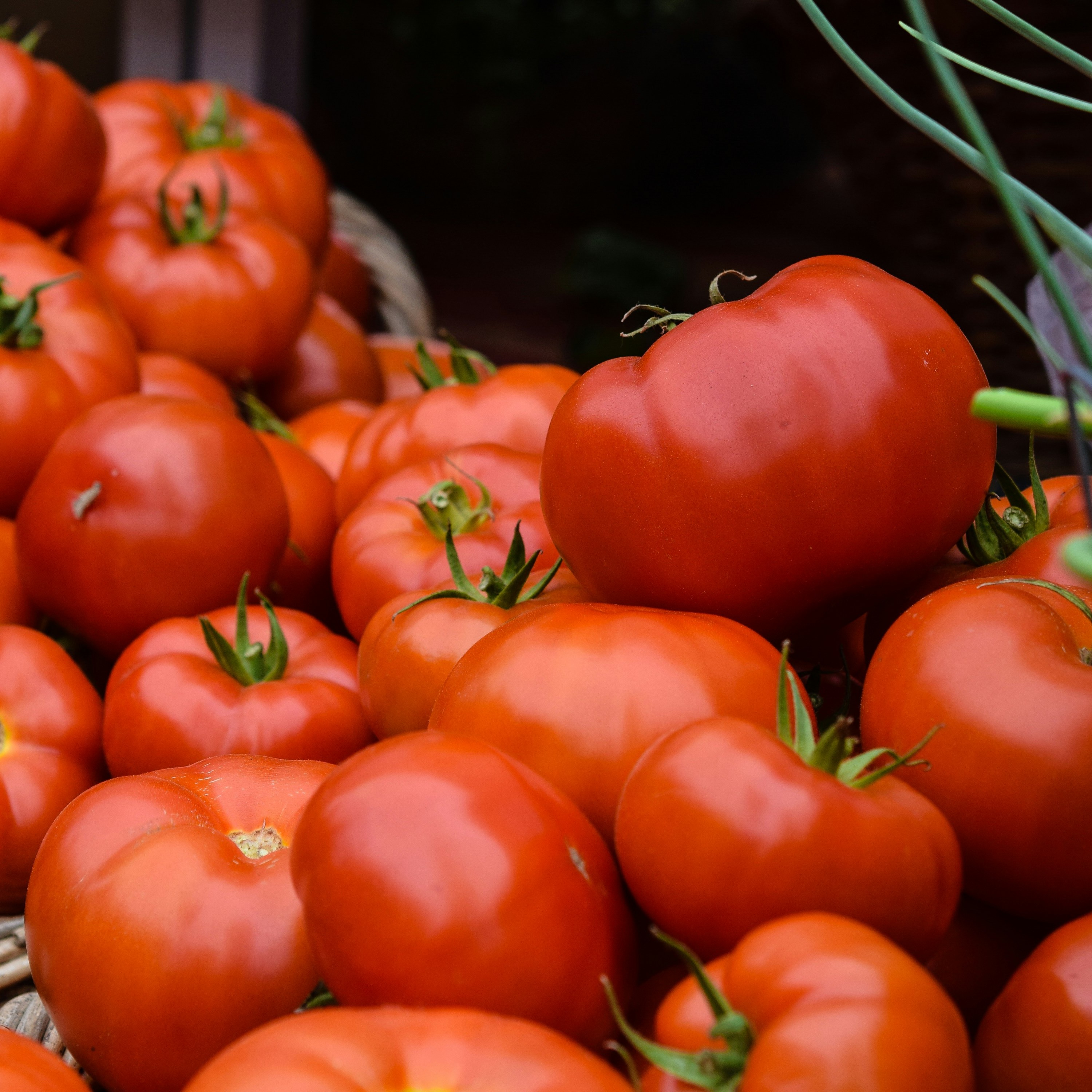Unboxing of cyanobacterial features: A step toward understanding the dynamics of source/sink in photosynthesis microbes
A new study from the MSU-DOE Plant Research Laboratory (PRL) brings fresh insight on the source/sink balance of cyanobacteria and paves the way for further advancements in photosynthetic microbes for potential applications.
This study from the Ducat lab was published in Plant Physiology.
In photosynthesis, source/sink balance refers to how the organism equalizes the light it absorbs (source) with its capacity to use this energy (sink). This balance is well-studied in plants, but research on it in photosynthetic microbes remains under-developed. This study sheds new light on source/sink regulation in cyanobacteria.
“We started this study with a big question: How do photosynthetic microbes balance source/sink?” said Amit K. Singh, postdoc in the Ducat lab and primary author of the study. “As metabolic engineers, it is even more important to know the regulatory process involved in balancing mechanisms, for example, when we engineer in pathways for production of biofuels or other bioproducts, we think those new energy needs can throw source/sink out of balance. Hence, the findings of this study will help us in fine tuning the cellular metabolism toward improved production of bio-based materials.”
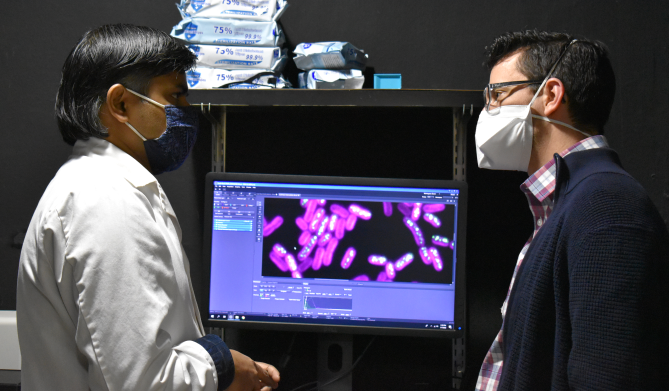
By Kara Headley, MSU-DOE Plant Research Laboratory
Using a genetically modified cyanobacterium developed in the Ducat lab, the researchers tested the impact of influx and efflux of sucrose (sugar) on the physiology and biochemistry of cyanobacterium.
“One thing that we were particularly surprised to see is the degree to which rubisco activity was a dominant component altered due to the changes in sugar availability we induced,” said Danny Ducat, associate professor at the PRL and the Department of Biochemistry and Molecular Biology. “Rather than a more systemic change in the expression levels of many proteins, rubisco appears to be the key lynchpin in this response.”
With an improved understanding of how cyanobacteria regulate photosynthesis, these organisms can be genetically engineered to be better at it. This is important in order to use cyanobacteria as a base for engineering environmentally friendly bio-materials.
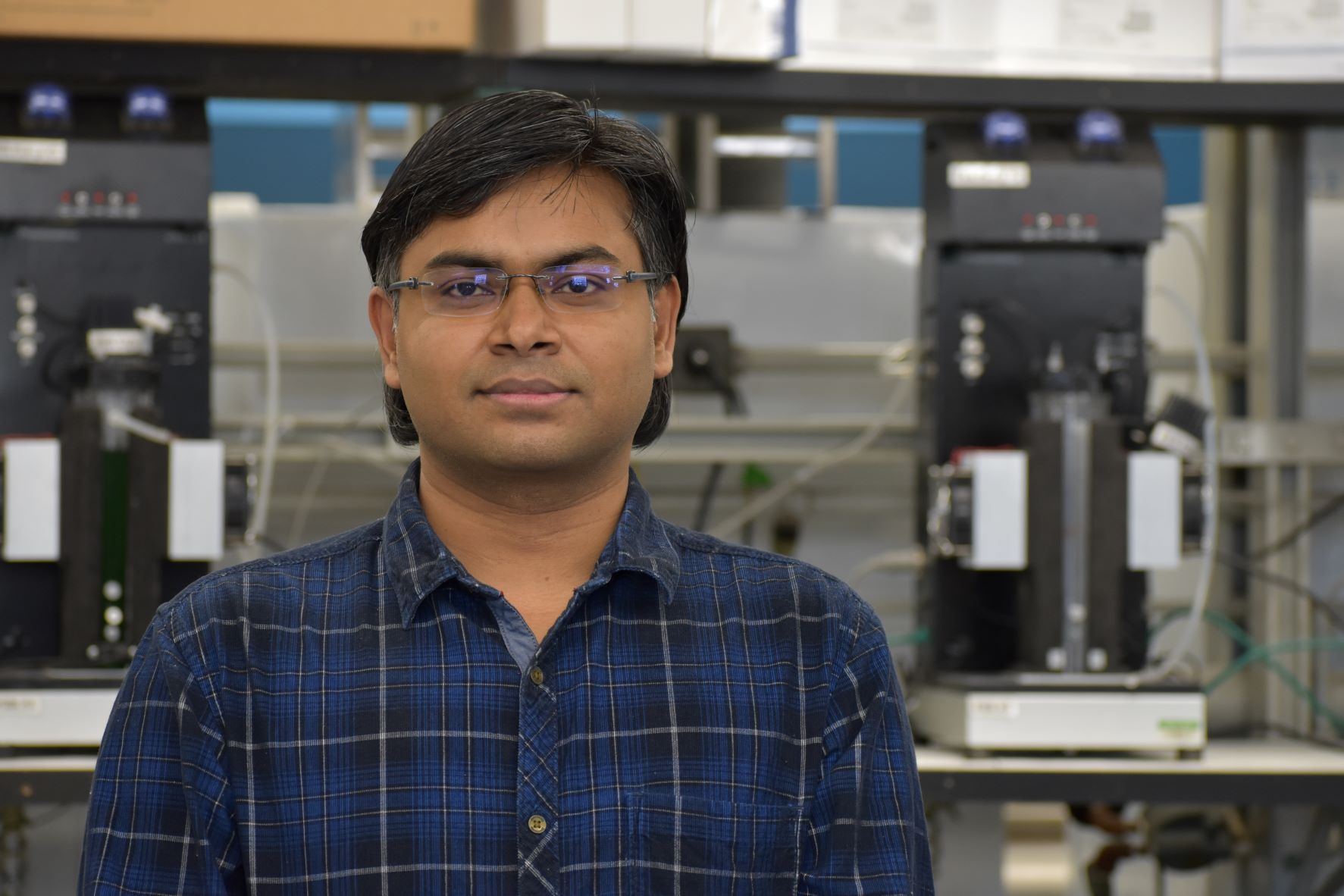
By Kara Headley, MSU-DOE Plant Research Laboratory
“A deeper understanding of the mechanisms that regulate source/sink balance in cyanobacteria is likely to have biotechnological implications given the potential for cyanobacteria as a ‘carbon neutral’ production platform to combat anthropogenic climate change,” Amit said.
There is still much to learn in future studies about source/sink balance in cyanobacteria.
“It is curious that we find similar outputs regulated by source/sink signaling in cyanobacteria to those in plants, yet the central genes required in plants are not found in cyanobacteria,” Danny said. “This raises the possibility that these pathways are functionally conserved, despite a lack of evolutionary conservation of the key players.”
Co-authors on this study include: María Santos-Merino, Jonathan K. Sakkos, Berkley J. Walker, and Danny Ducat.
This work was supported by the Department of Energy, Basic Energy Sciences Division (Grant: DE-FG02-91ER20021).
By Kara Headley; Banner image by Kara Headley
